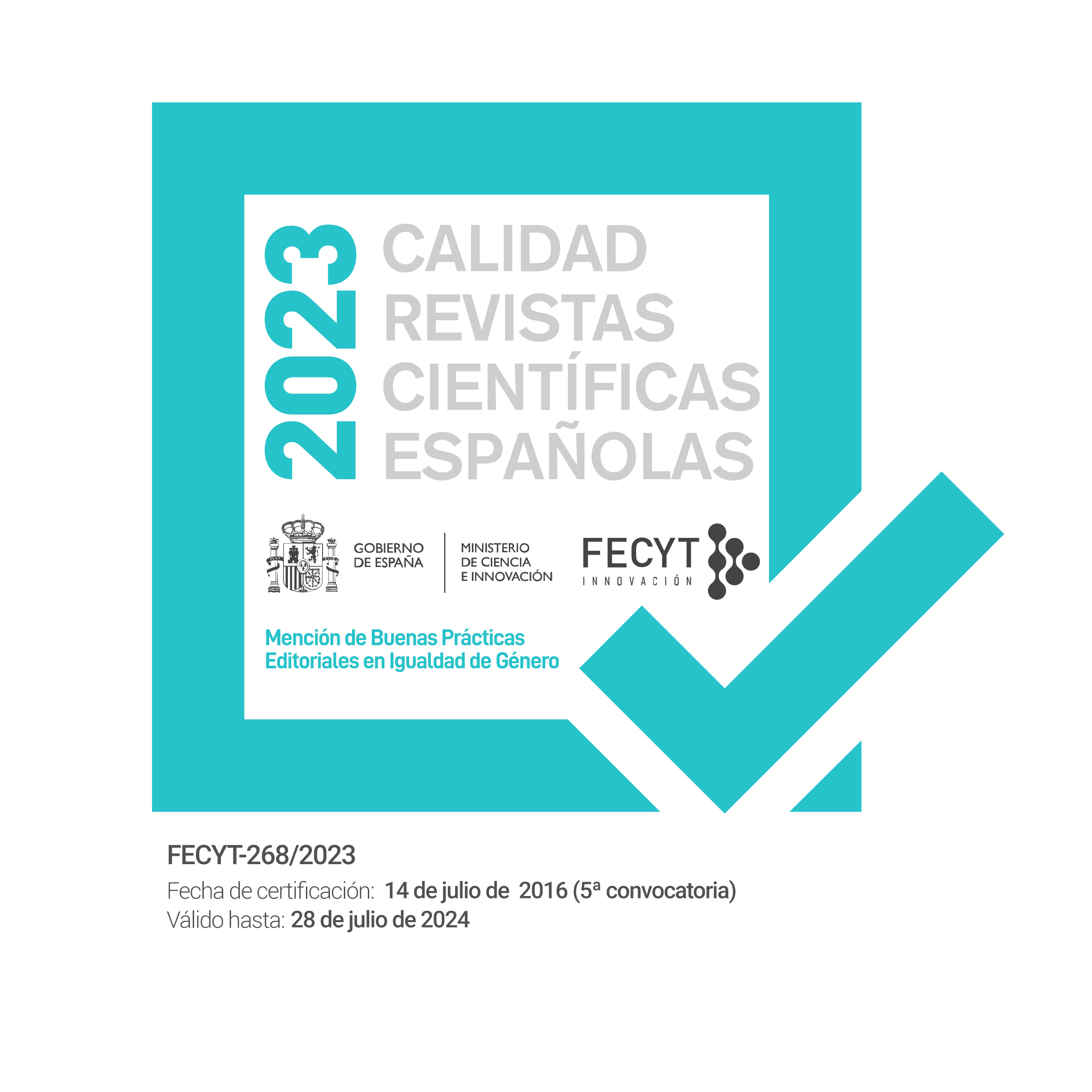The tree of Gernika. Vicissitudes of the autonomous symbol of the Basques
Keywords:
Tree of Gernika, identity, Basque Country, symbol.Abstract
Since the mid-19th century, the tree of Gernika became the main symbolic reference of the Basque statutes and, at large, the symbol of the Basque «liberties». The absence of other defined spaces or symbols of the remainder of the Basque statutes (from Álava, Guipúzcoa or Navarra), and the unexpected success of the hymn thought up by Iparraguirre in 1853 explain its consolidation and indisputable prominence in the following decades. The supposed unanimity of all political forces on behalf of autonomy permitted its unanimous acceptance as symbol of the Basque thing. However, that unanimity created doubts for its final acceptance. Too «autonomous » for the Basque nationalists (that preferred to define new symbols and new hymns), although without abandoning it; excessively manipulated by the nationalists for other political forces. The 1936 Civil War, and the famous 1937 bombardment, gave a new impulse to it. But the ambiguity of the PNV after recovering self-government in the Transition has remained also reflected in the timid recovery of Gernika as space of commemoration, but without showing off any officiousness as symbol of the new Basque Region.Downloads
Downloads
Published
Issue
Section
License

This work is licensed under a Creative Commons Attribution-NonCommercial-NoDerivatives 4.0 International License.
Authors whose contributions are accepted for publication in this journal, accept the following terms:
a. The authors retain their copyright and guarantee to the magazine the right of first publication of their work, which will be simultaneously subject to the Creative Commons Attribution License Attribution-Noncommercial-No derivative works 4.0 Spain, which allows third parties to share the work as long as its author and its first publication is indicated.
b. Authors may adopt other non-exclusive license agreements to distribute the version of the published work (e.g. deposit in an institutional repository or archive, or published in a monographic volume) provided the initial publication in this journal is indicated.
PLAGIARISM AND SCIENTIFIC FRAUD
The publication of work that infringes on intellectual property rights is the sole responsibility of the authors, including any conflicts that may occur regarding infringement of copyright. This includes, most importantly, conflicts related to the commission of plagiarism and/or scientific fraud.
Plagiarism is understood to include:
1. Presenting the work of others as your own.
2. Adopting words or ideas from other authors without due recognition.
3. Not using quotation marks or another distinctive format to distinguish literal quotations.
4. Giving incorrect information about the true source of a citation.
5. The paraphrasing of a source without mentioning the source.
6. Excessive paraphrasing, even if the source is mentioned.
Practices constituting scientific fraud are as follows:
1. Fabrication, falsification or omission of data and plagiarism.
2. Duplicate publication.
3. Conflicts of authorship.





